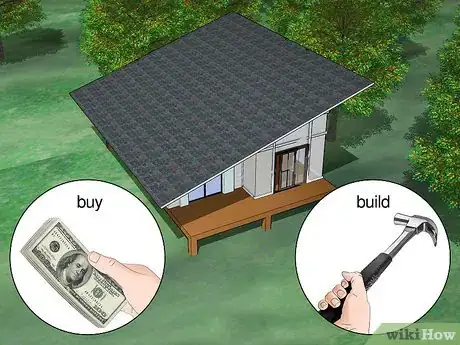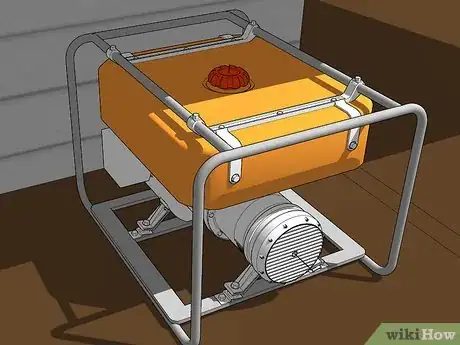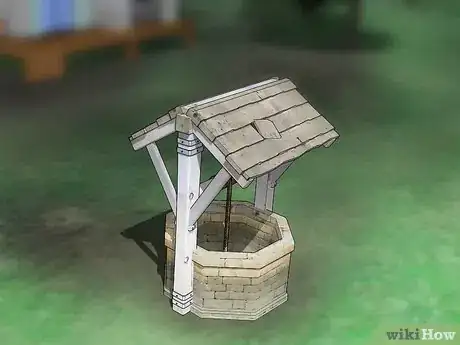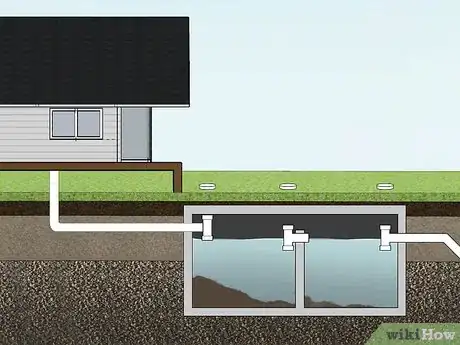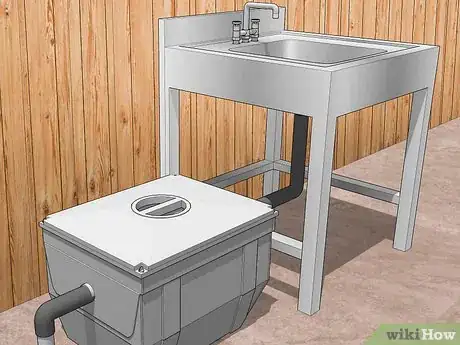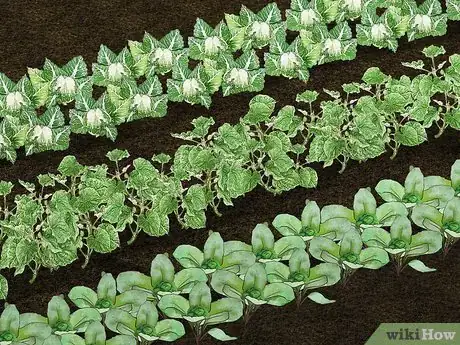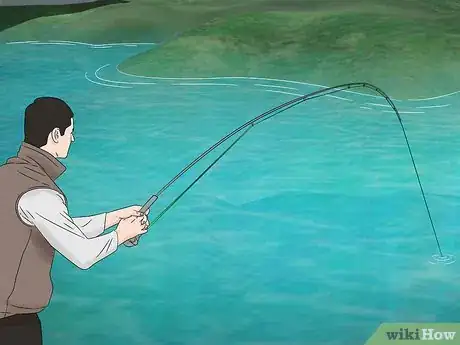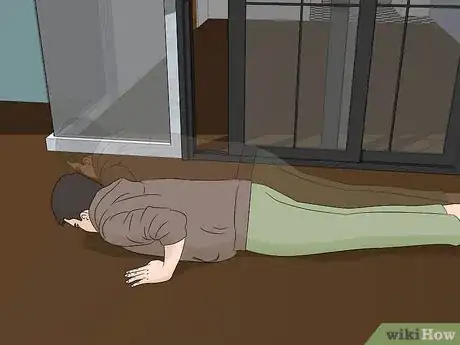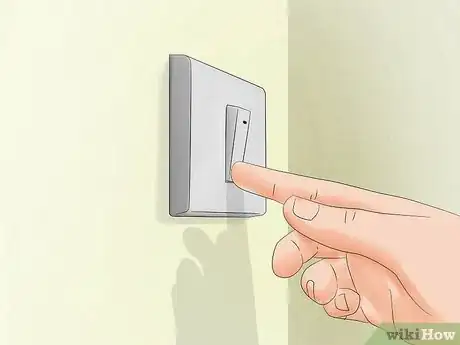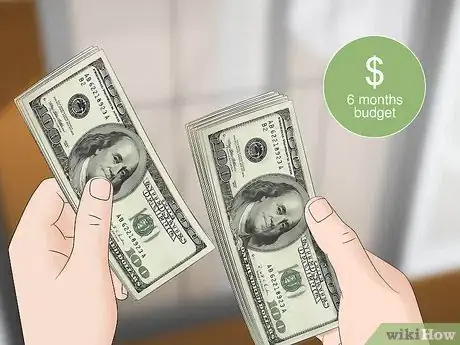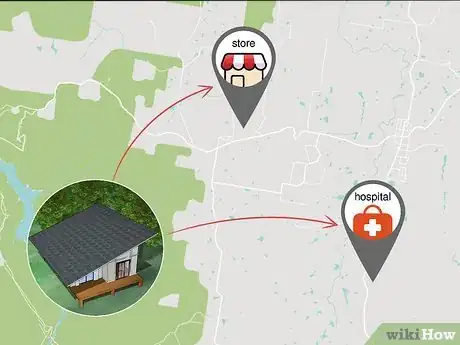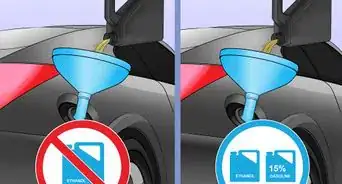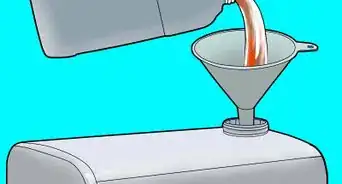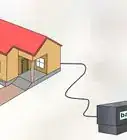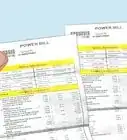This article was co-authored by April Jordan. April Jordan is a Sustainability Specialist and the Founder of The Ethical Edit, a blog dedicated to making ethical fashion and lifestyle changes accessible by sharing easy-to-digest sustainability information and ethical and sustainable brand reviews. With over five years of experience in sustainability and over five years in the marketing and communications field, April is passionate about using her skills to make the world a better place.
There are 23 references cited in this article, which can be found at the bottom of the page.
wikiHow marks an article as reader-approved once it receives enough positive feedback. In this case, 93% of readers who voted found the article helpful, earning it our reader-approved status.
This article has been viewed 435,757 times.
If you’re looking for absolute freedom, going off the grid may be the lifestyle for you! Living off the grid means living without connections to public utilities like sewer, water, and electrical lines. It also usually means living a minimalist, efficient, self-reliant lifestyle. While it can be tough to get everything established, with hard work and the right equipment, you can build an entirely self-sufficient homestead. To get you started, we’ve put together a list of tips and strategies so you can get an idea of what it takes to truly live off the grid.
Things You Should Know
- Build or buy a home away from major cities with access to natural resources like trees and water.
- Install solar panels to get electricity independently. A secondary power source, like a wind turbine, can also be helpful.
- Hire a professional to drill a well and put in a septic tank on your property.
- Grow and preserve your own veggies and fruits. For additional food sources, hunt and forage on your property.
Steps
Expert Q&A
Did you know you can get expert answers for this article?
Unlock expert answers by supporting wikiHow
-
QuestionWhat should I know if I want to live a minimalist lifestyle off the grid?
 April JordanApril Jordan is a Sustainability Specialist and the Founder of The Ethical Edit, a blog dedicated to making ethical fashion and lifestyle changes accessible by sharing easy-to-digest sustainability information and ethical and sustainable brand reviews. With over five years of experience in sustainability and over five years in the marketing and communications field, April is passionate about using her skills to make the world a better place.
April JordanApril Jordan is a Sustainability Specialist and the Founder of The Ethical Edit, a blog dedicated to making ethical fashion and lifestyle changes accessible by sharing easy-to-digest sustainability information and ethical and sustainable brand reviews. With over five years of experience in sustainability and over five years in the marketing and communications field, April is passionate about using her skills to make the world a better place.
Sustainability Specialist Think about where you're going to get supplies when you need them, like fuel or electricity. For instance, think about what you'd need to do if you have solar panels and they break down—what will you do for backup power? I would also think about having a backup of food, like heavy-duty freezers that can keep your food cold for several days if the power goes out.
Think about where you're going to get supplies when you need them, like fuel or electricity. For instance, think about what you'd need to do if you have solar panels and they break down—what will you do for backup power? I would also think about having a backup of food, like heavy-duty freezers that can keep your food cold for several days if the power goes out. -
QuestionWhy should you use a propane generator and not a gasoline generator?
 Community AnswerGas gets old and is no good after a period. Propane can be kept almost indefinitely.
Community AnswerGas gets old and is no good after a period. Propane can be kept almost indefinitely. -
QuestionIf I live off the grid, how do I wash myself?
 Community AnswerYou could either collect rainwater using barrels and heat it using a wood stove, or store rain barrels on the roof and allow the sunlight to warm it. You can use that water to bathe yourself.
Community AnswerYou could either collect rainwater using barrels and heat it using a wood stove, or store rain barrels on the roof and allow the sunlight to warm it. You can use that water to bathe yourself.
References
- ↑ https://offgridworld.com/how-to-find-off-grid-land/
- ↑ https://www.bobvila.com/slideshow/15-off-the-grid-homes-for-sale-right-now-53078
- ↑ http://www.nationalgeographic.com/photography/proof/2017/05/mike-belleme-wild-roots-community/
- ↑ https://www.psychologytoday.com/us/blog/design-your-path/201304/making-living-out-living-grid-in-the-wilderness
- ↑ https://quote.com/solar/the-true-cost-of-living-off-the-grid/
- ↑ https://www.psychologytoday.com/us/blog/design-your-path/201304/making-living-out-living-grid-in-the-wilderness
- ↑ https://quote.com/solar/the-true-cost-of-living-off-the-grid/
- ↑ https://www.epa.gov/privatewells/learn-about-private-water-wells
- ↑ https://quote.com/solar/the-true-cost-of-living-off-the-grid/
- ↑ https://www.thisoldhouse.com/plumbing/21303066/septic-tank-installation
- ↑ https://quote.com/solar/the-true-cost-of-living-off-the-grid/
- ↑ https://www.go-gba.org/resources/green-building-methods/greywater-system/
- ↑ https://www.homeadvisor.com/cost/plumbing/install-grey-water-system/
- ↑ https://offgridworld.com/growing-survival-garden/
- ↑ https://offgridliving.net/preserve-food-living-off-the-grid/
- ↑ https://www.growveg.com/guides/growing-enough-food-to-feed-a-family/
- ↑ April Jordan. Sustainability Specialist. Expert Interview. 22 September 2020.
- ↑ http://www.nationalgeographic.com/photography/proof/2017/05/mike-belleme-wild-roots-community/
- ↑ https://www.engadget.com/2014/07/07/how-to-disappear-completely-part-three/
- ↑ https://www.conserve-energy-future.com/how-to-live-off-the-grid.php
- ↑ https://www.anoffgridlife.com/off-grid-living-mistakes/
- ↑ https://www.energy.gov/energysaver/save-electricity-and-fuel/appliances-and-electronics/reducing-electricity-use-and-costs
- ↑ https://www.epa.gov/recycle/reducing-waste-what-you-can-do
- ↑ https://zerowastehome.com/tips/
- ↑ http://www.businessinsider.com/how-to-live-off-the-grid-debt-free-dan-timmerman-profile-2016-3/#-5
- ↑ http://www.naturallivingideas.com/21-tips-for-living-off-grid/
- ↑ http://www.naturallivingideas.com/21-tips-for-living-off-grid/
- ↑ April Jordan. Sustainability Specialist. Expert Interview. 22 September 2020.
About This Article
If you want to live off the grid, install a solar power system, including a backup generator so you don’t have to depend on electricity from the utility company. You will also need to drill a well so you can have access to fresh water, and install a septic tank so you won’t need to rely on the local sewer system. Once you disconnect from the utilities, plant a garden and learn to compost, hunt and fish to get meat, and gather wild berries, fruit, and herbs from your environment. For tips on joining an off-the-grid community, keep reading!

